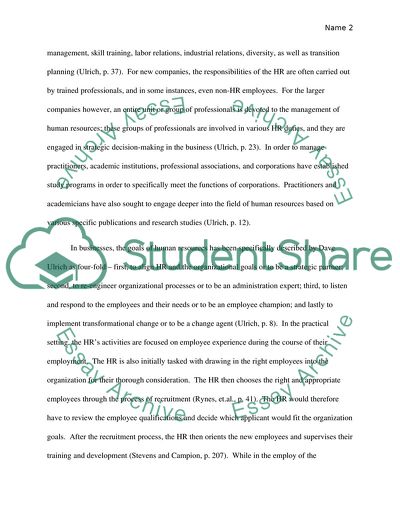Cite this document
(“HRM and the Public Sector Research Paper Example | Topics and Well Written Essays - 2500 words”, n.d.)
HRM and the Public Sector Research Paper Example | Topics and Well Written Essays - 2500 words. Retrieved from https://studentshare.org/human-resources/1775451-hrm-and-the-public-sector
HRM and the Public Sector Research Paper Example | Topics and Well Written Essays - 2500 words. Retrieved from https://studentshare.org/human-resources/1775451-hrm-and-the-public-sector
(HRM and the Public Sector Research Paper Example | Topics and Well Written Essays - 2500 Words)
HRM and the Public Sector Research Paper Example | Topics and Well Written Essays - 2500 Words. https://studentshare.org/human-resources/1775451-hrm-and-the-public-sector.
HRM and the Public Sector Research Paper Example | Topics and Well Written Essays - 2500 Words. https://studentshare.org/human-resources/1775451-hrm-and-the-public-sector.
“HRM and the Public Sector Research Paper Example | Topics and Well Written Essays - 2500 Words”, n.d. https://studentshare.org/human-resources/1775451-hrm-and-the-public-sector.


